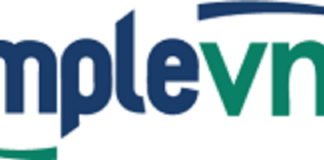
The Conference Board Employment Trends Index jumped to 116.63 in December after settling at 115.64 in November (revised from 114.49). Though job growth may briefly slow during the spread of the Omicron variant, the index’s growth suggests a strong start to 2022.
Ordered from the largest positive contributor to the smallest, the following six labor market indicators drove the index’s increase for the month:
- Initial claims for unemployment insurance
- Ratio of involuntarily part-time to all part-time workers
- Job openings
- Industrial production
- Real manufacturing and trade sales
- The percentage of firms with positions not able to fill right now
Negative contributions came from the remaining two indicators — the number of employees hired by the temporary-help industry and the percentage of respondents who say they find “jobs hard to get.”
“Hiring in in-person services industries will be most impacted by Omicron through lower consumer spending, leading to less hiring,” said Gad Levanon, Head of The Conference Board Labor Markets Institute. Other businesses will also experience the impacts — more sick and quarantined employees will reduce business operating capacity and prolong remote and hybrid work environments.
“Labor shortages continue to be severe and will likely remain so going forward,” Levanon added. “High wage pressures will continue to feed into price inflation. Service employers will need to automate quickly to make up for the labor shortfall.”





